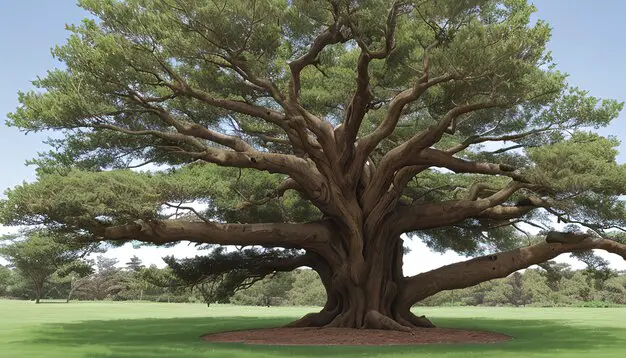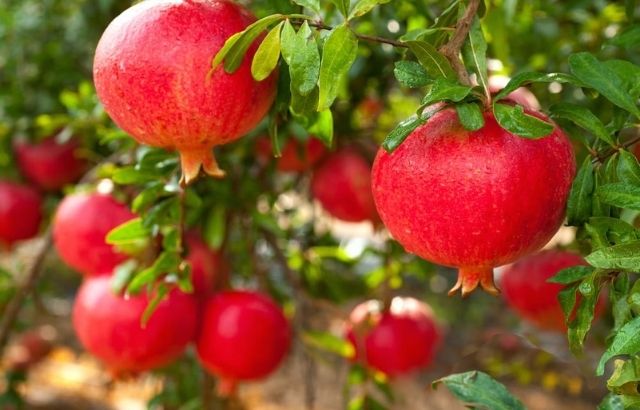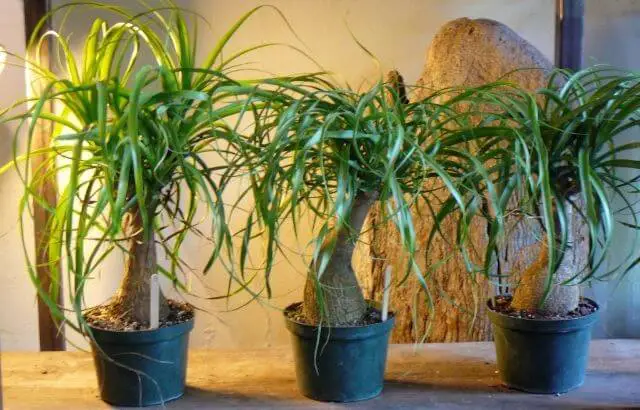Pine trees are one of the most common and recognizable trees worldwide. With their distinctive needle-like leaves and towering heights, these trees have captured the imagination of people for centuries. But have you ever wondered how long these majestic trees live? In this article, we will explore How Long Does a Pine Tree live, the factors that influence their longevity, and some interesting facts about these remarkable beings.
Pine trees can have varying lifespans depending on the species and environmental conditions, but on average, they typically live for around 100 to 1,000 years. Some pine tree species can live even longer under the right circumstances, with some recorded instances of over 4,000 years for certain pine trees.
Average Lifespan of Different Pine Tree Species
Pine trees belong to the genus Pinus and encompass over 120 different species. Each species has its unique characteristics and lifespan. Let’s take a closer look at the average lifespans of some popular pine tree species:
Ponderosa Pine (Pinus ponderosa)
These iconic trees can live up to 600 years, making them one of the longest-living pine species. Ponderosa pines are known for their impressive heights and beautiful orange-brown bark.
Eastern White Pine (Pinus strobus)
The Eastern White Pine (Pinus strobus) is a majestic coniferous tree native to eastern North America. Known for its towering height, it can reach up to 100 feet or more, making it one of the tallest trees in the region. Its slender, flexible needles are grouped in clusters of five and can grow up to five inches long.
The bark is typically smooth and grayish-green when young, turning into dark, furrowed plates as the tree matures. Eastern White Pines produce distinctive, elongated cones and are prized for their soft, lightweight wood, which has historically been used for construction and woodworking.
Lodgepole Pine (Pinus contorta)
Found in the western United States and Canada, lodgepole pines have an average lifespan of 200 to 400 years. These resilient trees are well-adapted to survive wildfires and have serotinous cones that require high temperatures to release their seeds.
Bristlecone Pine (Pinus longaeva)
The bristlecone pine is the oldest living tree species on Earth. Some individual trees have been dated to be over 5,000 years old. These ancient pines can be found in the high mountains of the western United States.
Scotch Pine (Pinus sylvestris)
Commonly used as Christmas trees, Scotch pines have an average lifespan of 150 to 300 years. Their dense foliage and pleasant fragrance make them popular holiday decorations.
It’s important to note that these are average lifespans, and individual trees may live longer or shorter depending on various factors such as climate, soil conditions, and disease.
Interesting Facts about Pine Trees and Their Lifespan
- Longevity: Pine trees are known for their impressive lifespan. Some pine species can live for several centuries, with some of the oldest recorded pine trees reaching over 4,000 years old. The Great Basin Bristlecone Pine, for example, is one of the oldest known living trees.
- Adaptability: Pine trees are highly adaptable to various environmental conditions. They can thrive in a wide range of climates, from temperate to arctic regions. This adaptability has contributed to their longevity and widespread distribution.
- Fire-Resistant: Many pine species have developed adaptations to survive wildfires. Their thick, fire-resistant bark helps protect the inner tree tissues, allowing them to recover and continue growing even after experiencing a fire. This adaptation has made pine trees an essential component of many fire-prone ecosystems.
My Opinion
Pine trees are not only beautiful and majestic but also resilient and long-lived. These trees, from the ancient bristlecone pines to the towering ponderosa pines, have stood the test of time. Understanding their average lifespans and the factors contributing to their longevity can deepen our appreciation for these remarkable beings.
If you’re interested in planting and caring for pine trees, research the specific requirements of your chosen species. You can help these trees thrive and continue to grace our landscapes for generations by providing them with the right conditions.




